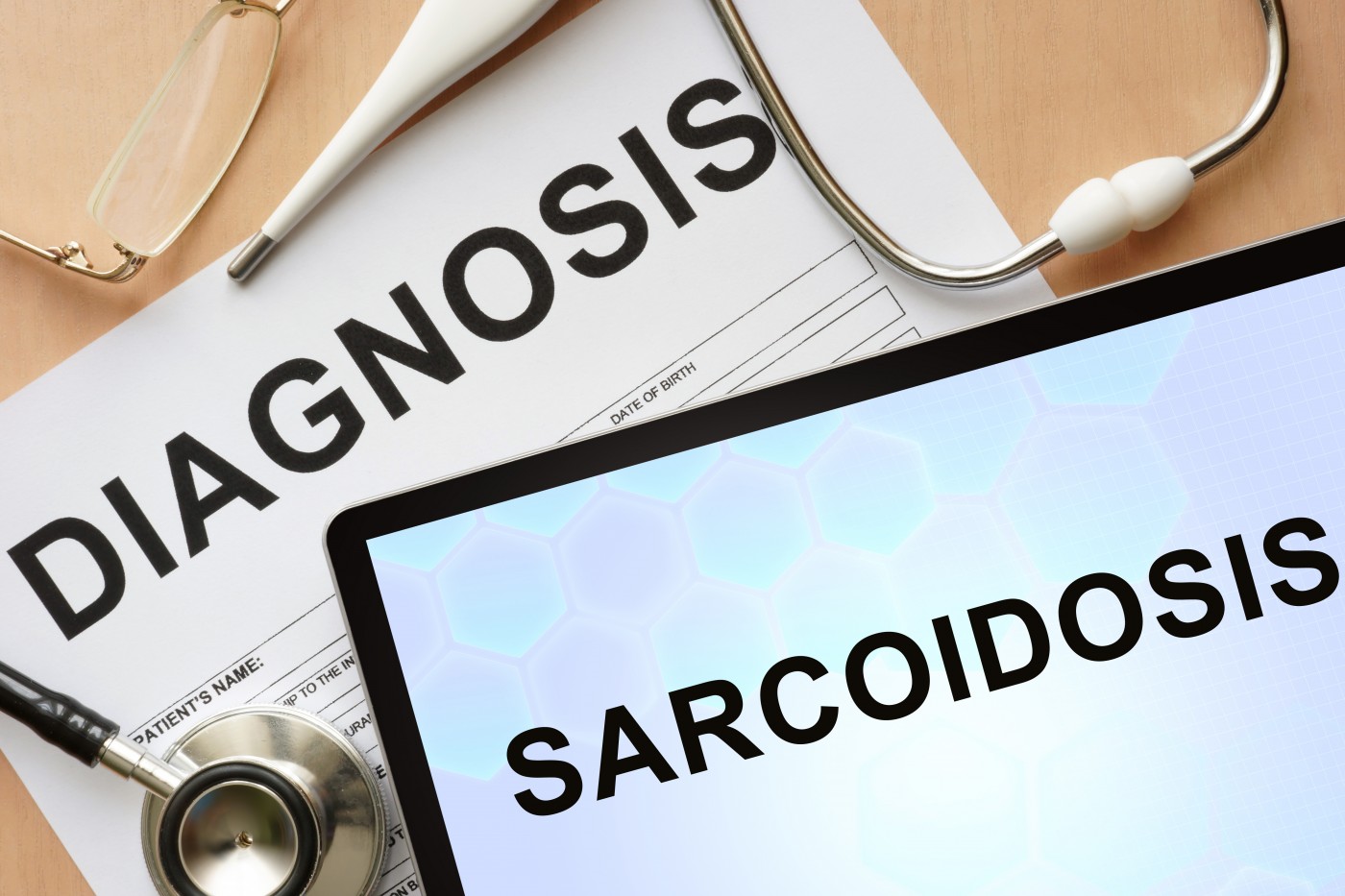Rare Case of Sternoclavicular Joint Arthritis in Sarcoidosis Patient Reported

A new case report describes a patient with arthritis of the sternoclavicular joint (SC joint, the joint between the collar bone and the breastbone, or sternum) who was later diagnosed with sarcoidosis. This kind of arthritis has apparently never been reported before in a sarcoidosis patient.
According to the research team, this case report alerts healthcare professionals that a possible diagnosis of sarcoidosis should be considered in people who present SC joint arthritis.
The report, “Sternoclavicular joint arthritis as the initial presentation of sarcoidosis,” was published in the European Journal of Rheumatology.
A 45-year-old woman experienced pain and swelling in her right SC joint for two months, followed by pain in her shoulder, elbow, finger, knee, and ankle joints 15 days later. She also complained of anorexia, malaise, and fatigue during this period.
A medical examination revealed that her right SC joint was swollen and tender, and a computed tomography (CT) scan revealed signs of arthritis.
Also, her shoulder, elbow, wrist, finger, knee, and ankle joints were tender on both the left and right sides; and the patient had nodules, or small masses of tissue, under the skin on her thighs, calves, and shins.
A diagnosis of sarcoidosis was established based on the detection of bilateral hilar and mediastinal lymphadenopathy (the swelling of lymph nodes located in the lungs, and between the sternum and the spinal cord, respectively), granulomas (clusters of immune cells) on her skin and lungs, and high levels of calcium in her urine.
She was prescribed oral steroids, hydroxychloroquine, and methotrexate, and improved on this regimen within three months.
According to the team, acute arthritis occurs in up to 40% of sarcoidosis patients, with ankle joint involvement being the most frequent, followed by knee, wrist, and metacarpophalangeal joint (the largest joints in the hand) involvement.
However, joint manifestations are rarely observed at symptom onset in sarcoidosis.
“Sternoclavicular joint involvement, to the best of our knowledge, has never been described in sarcoid arthropathy,” the researchers wrote. “Here we highlight that sternoclavicular joint can be involved in acute sarcoid arthritis and can be the initial manifestation of sarcoidosis.”
The team wrote that given the fact the patient responded positively to treatment with corticosteroids and disease-modifying antirheumatic drugs (DMARDs), this confirms “that sternoclavicular joint involvement was indeed a part of sarcoid arthropathy” in this patient.
“Our report highlights sternoclavicular joint involvement in sarcoid arthropathy as a presenting manifestation, emphasizing the need to consider sarcoidosis as a differential diagnosis in a patient with sternoclavicular joint involvement.”






